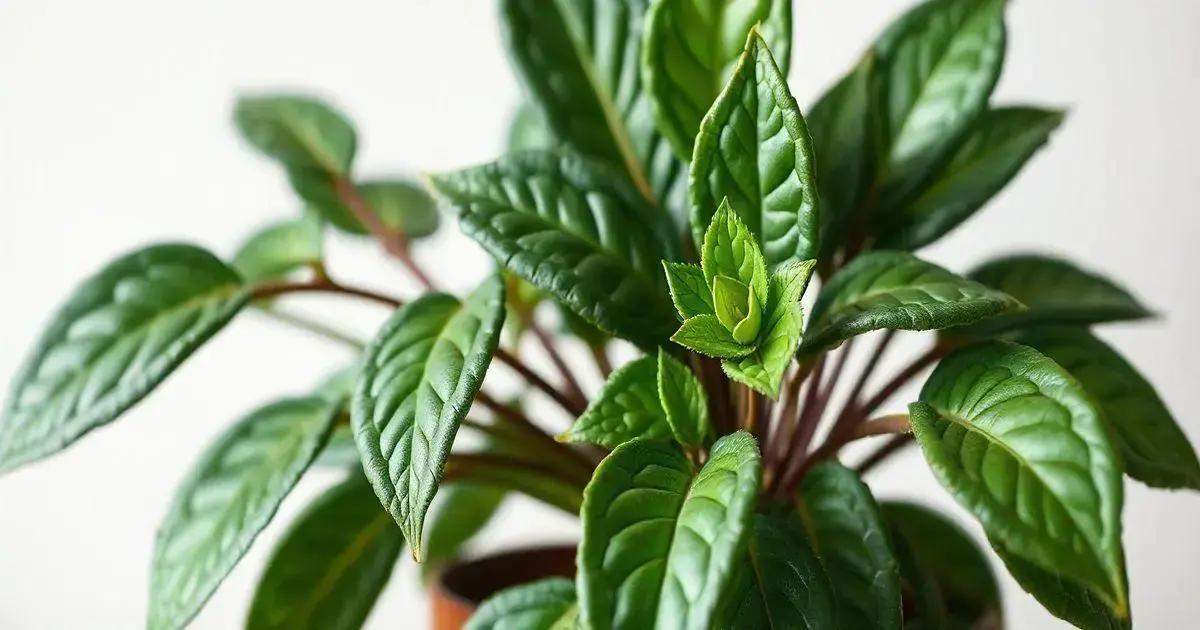How to Care for Money Tree Plant Indoors: 7 Essential Tips for Thriving Growth
How to care for money tree plant indoors requires a bit of insight into its unique needs. These plants are not just beautiful; they’re also believed to bring luck and prosperity. Understanding their care can lead to a flourishing indoor garden. With the right watering, soil, and light conditions, you’ll find your money tree thriving. Let’s dive deeper into these essential care techniques.
Table of Contents
ToggleIdeal watering schedule for your money tree
Ideal watering schedule for your money tree is crucial for its health and growth. This tropical plant thrives in humid environments, but proper watering techniques can make a significant difference in its indoor care. Understanding how frequently to water and recognizing the signs your money tree needs hydration will keep it thriving.
Establishing a watering routine
For optimal growth, you should establish a regular watering schedule that aligns with the seasonal needs of your money tree. Here are some key points to consider:
- Check the topsoil: Water when the top 1-2 inches of soil is dry.
- Avoid overwatering: Ensure the pot has drainage holes to prevent root rot.
- Monitor humidity: A humid environment is beneficial, so consider misting your plant occasionally.
Watering frequency
The watering frequency for your money tree can vary based on environmental conditions:
- Spring and summer: Water every 1-2 weeks as the plant is actively growing.
- Fall and winter: Reduce watering to every 2-3 weeks when growth slows down.
Keep in mind that factors like temperature and humidity will affect these frequencies. In drier homes, you may need to water more often.
Signs of overwatering
Understand the signs of overwatering to protect your money tree:
- Yellowing leaves
- Dropping leaves
- Soft, mushy stems
If you notice these symptoms, it’s crucial to adjust your watering schedule immediately. For more tips on managing watering, consider exploring indoor gardening techniques.
Real-life example
A friend of mine had a money tree that thrived once he established a consistent watering routine. He discovered that allowing the soil to dry out before watering was essential, as this promoted healthy root development and overall plant vitality.
Optimal soil and repotting techniques

Optimal soil and repotting techniques for your money tree are vital to ensuring its growth and vitality. The right soil promotes root health, while proper repotting techniques prevent shock and encourage thriving foliage.
Choosing the right soil
When selecting soil for your money tree, consider a well-draining potting mix that retains some moisture without becoming soggy. Here are some options:
- Commercial cactus or succulent mix
- Custom mix of potting soil, perlite, and sand
- Peat-based soil with added vermiculite
Each of these options provides excellent drainage while allowing necessary air circulation to the roots.
Repotting process
Repotting is essential for your money tree’s continued growth. Follow these straightforward steps:
- Choose a pot that is 1-2 inches larger in diameter.
- Water the plant a day before repotting to reduce stress.
- Gently remove the plant from its current pot, handling the roots carefully.
- Inspect the roots for any signs of rot or disease.
- Place the plant in its new pot, filling with fresh potting mix and ensuring proper positioning.
- Water thoroughly after repotting to settle the soil.
Repotting is best done every couple of years, or when you see root growth emerging from the drainage holes.
Real-world example
My colleague had a money tree that struggled due to compacted soil. After she repotted it with a cactus mix, the plant flourished. The new mix improved drainage and overall health, proving the importance of selecting the right soil.
For more tips on managing soil conditions, consider exploring indoor gardening techniques.
Ensuring proper sunlight exposure and temperature
Ensuring proper sunlight exposure and temperature is essential for the health of your money tree. This plant thrives in environments that mimic its native habitat, which includes warm temperatures and bright indirect light.
Sunlight requirements
Your money tree needs adequate light to produce vibrant foliage and maintain growth. Here’s how to provide the right sunlight conditions:
- Bright indirect light is ideal; direct sunlight can scorch the leaves.
- East or west-facing windows are perfect for placing your money tree.
- If brightness is an issue, consider using grow lights to supplement.
Whenever possible, rotate your plant every few weeks to ensure even growth on all sides.
Temperature considerations
The temperature plays a significant role in the health of your money tree. Follow these guidelines for optimal temperature:
- Keep temperatures between 60°F and 75°F (16°C to 24°C) for healthy growth.
- Avoid exposing the plant to drafts, heaters, or air conditioners.
- Monitor temperature changes, especially during the winter months, when indoor heating can drastically lower humidity.
Signs of inadequate light or temperature
Be observant for any signs that your money tree may not be receiving the proper care:
- Yellowing leaves can indicate too much direct sunlight or insufficient light.
- Stunted growth or leaf drop might suggest the temperature is too low or fluctuations are present.
For deeper insights, consider exploring indoor gardening techniques that can assist you in optimizing your setup.
Real-world experience
A friend had a money tree that flourished once she adjusted its placement. After moving it a few feet from a window to a spot with indirect light, the leaves became more vibrant, showing the significance of the right sunlight exposure.
In conclusion
Caring for your money tree indoors requires attention to several key factors, including an optimal watering schedule, suitable soil, and ensuring proper sunlight exposure and temperature. By following the tips outlined above, you can create a thriving environment for your money tree, allowing it to flourish year-round. Remember, every plant is unique, so observe your money tree’s responses to care and make adjustments as needed. For additional tips on enhancing your indoor garden, continue researching and nurturing your green space.

